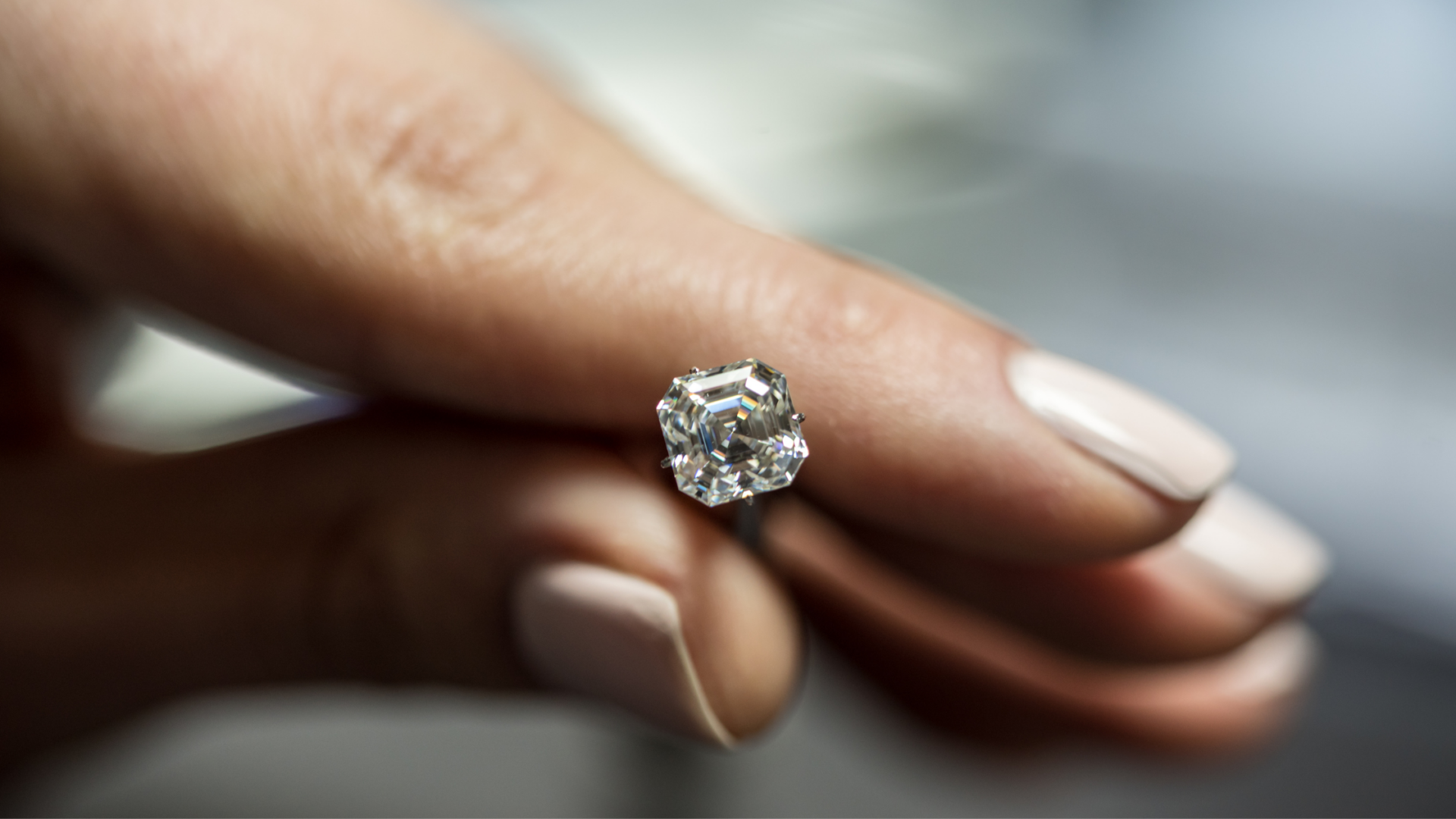CBI are harnessing something, they have found the same way Whiteflash, have their look, used to be lots of fire (not whiteflash I
think). All Super Ideal Cut Hearts and Arrows diamonds are the same. You may notice something in your diamond but nobody else
will. We used to be told it was like a 1% difference from an Ideal Cut and you could not actually see it, now we get told you can . A vendor on the other board styled Hearts on Fire diamonds as Wallets on Fire because of that 1% invisible difference at the time this was being touted.
. A vendor on the other board styled Hearts on Fire diamonds as Wallets on Fire because of that 1% invisible difference at the time this was being touted.
I would say all vendors on Pricescope inhourse hearts and arrows diamonds are the same, as being as good as each other. I don't
think I would see Blue Nile as the same but I may be wrong there.
think). All Super Ideal Cut Hearts and Arrows diamonds are the same. You may notice something in your diamond but nobody else
will. We used to be told it was like a 1% difference from an Ideal Cut and you could not actually see it, now we get told you can
I would say all vendors on Pricescope inhourse hearts and arrows diamonds are the same, as being as good as each other. I don't
think I would see Blue Nile as the same but I may be wrong there.



300x240.png)